Barred Owls
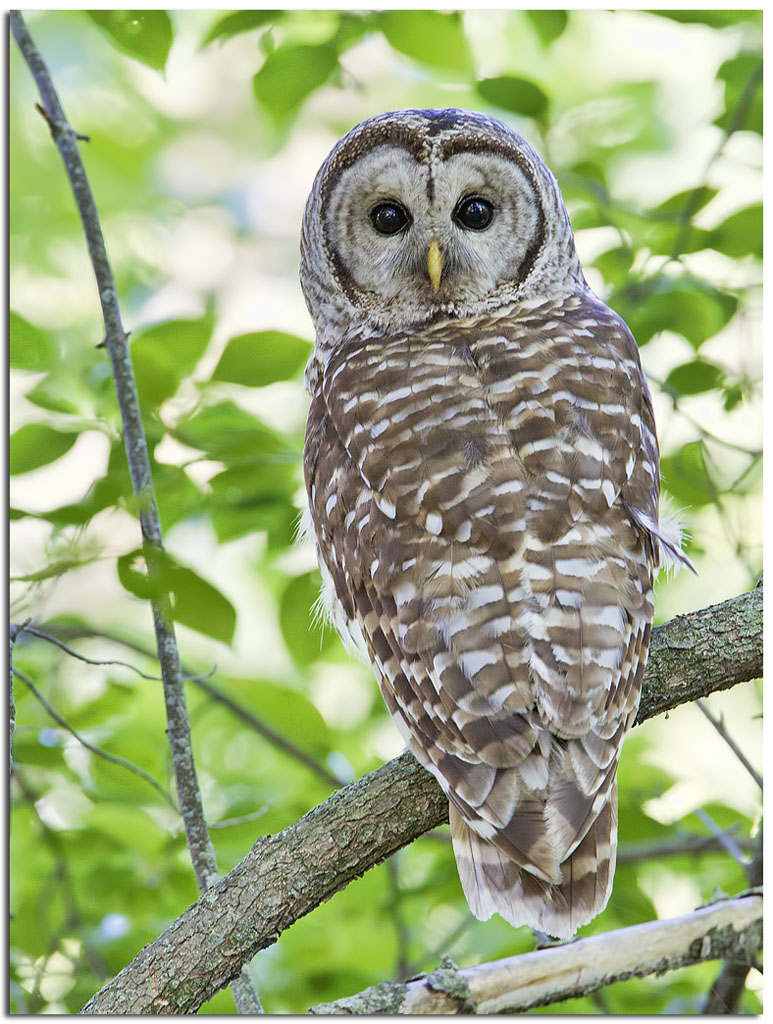


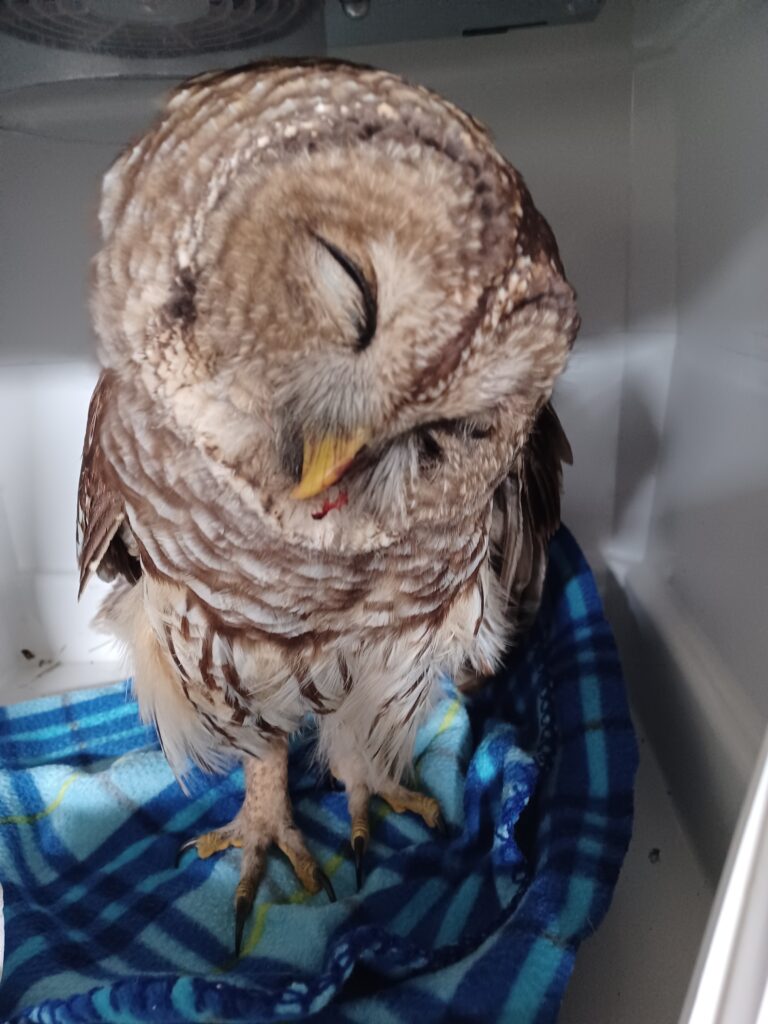
Why do so many Barred owls end up needing rescue and rehabilitation help?
Barred owl natural history
From audubon.org– “Barred Owls eat many kinds of small animals, including squirrels, chipmunks, mice, voles, rabbits, birds (up to the size of grouse), amphibians, reptiles, and invertebrates.
They hunt by sitting and waiting on an elevated perch, while scanning all around for prey with their sharp eyes and ears.
They may perch over water and drop down to catch fish, or even wade in shallow water in pursuit of fish and crayfish.
Though they do most of their hunting right after sunset and during the night, sometimes they feed during the day.
Barred Owls may temporarily store their prey in a nest, in the crook of a branch, or at the top of a snag. They swallow small prey whole and large prey in pieces, eating the head first and then the body.”
Daylight Savings Time
The time change throws many animals off as they are aware of the patterns of humans and don’t want to interact or intersect with us, and plan their movements accordingly.
When cars start appearing an hour earlier than they had the day before, Barred owls are surprised by the sudden intrusion of cars.
The owls are so focused on the mouse scurrying across the road that they don’t even register the fast-moving object of a car.
Too often they are hit either in the head or the side.
Tragic Results
In many of these cases the Barred owl sustains severe damage to the skull and eye on the side of impact. They also often have fractures of the wing or foot on that side.
Smaller owls such as the Screech owl, tend to collide with the front of the car and have been known to ride along, stuck in the grille until the driver arrives home.
Amazingly enough, many of these small owls are able to survive the accident with minimal damage.
Barred owls are not so lucky. They are plentiful in my rural area and thrive in the woodland edges and fields common in my county.
Interactions with motor vehicles
Often drivers hit Barred owls without knowing what they hit, having collided with just the side of the owl.
They may not know because they are moving at such a rate of speed that they don’t see the owl in the rear view mirror.
A few of these owls survive the tragic incident but, as has happened with the two that have come into my care, are too injured with head or wing trauma to be released.
The owls that were rescued
The two people who hit owls locally stopped and collected them with a towel and placed them into a box, then found me.
Although I am not licensed for raptors, I can provide triage and emergency care before transferring them to another facility.
Unfortunately, these centers are not accepting raptors because of H5N1, a virus contagious to wild and domestic birds, as well as other animals.
H5N1 Avian Influenza
The avian flu is a highly contagious and deadly disease making its way through the avian population of the state and many centers that specialize in them are unable to accept them into care.
These centers already have ambassador animals whose health they cannot risk, and as the virus is easily transmissible, they do not have enough quarantine space to separate them
What happened to the two owls
I appreciate the people who cared enough to not only stop and check on the owl, but locate me and deliver the injured animal.
Both Barred owls I received were mortally wounded and had to be humanely euthanized.
Although these stories did not end well, these two Barred owls did not suffer and starve by the side of the road, but were given care and the best medical attention available.
What you can do
If you have hit “something” with your car, and can safely stop, please do check on the victim. Carrying a large bath towel and a cardboard box in your car (see How to Make a Rescue Kit for Your Car) facilitates the capture and transport of the animal, whether it is an owl, and opossum, or another wild animal.

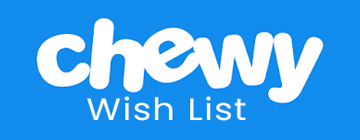


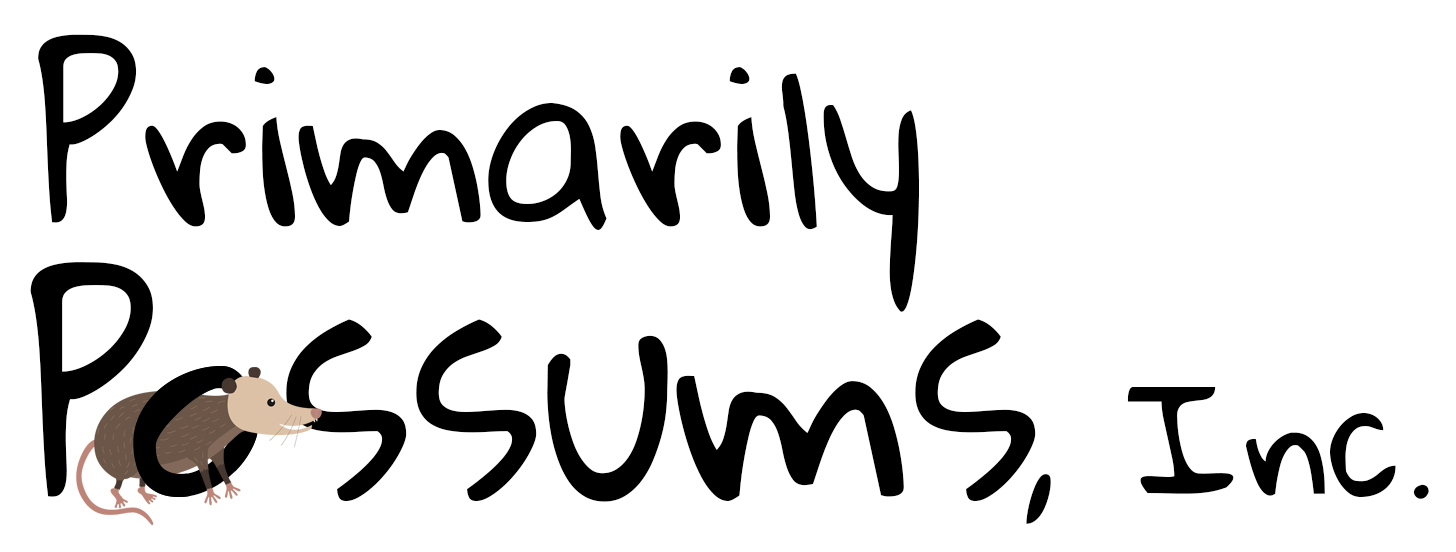
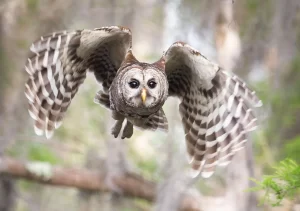
 2025 Sabbatical
2025 Sabbatical